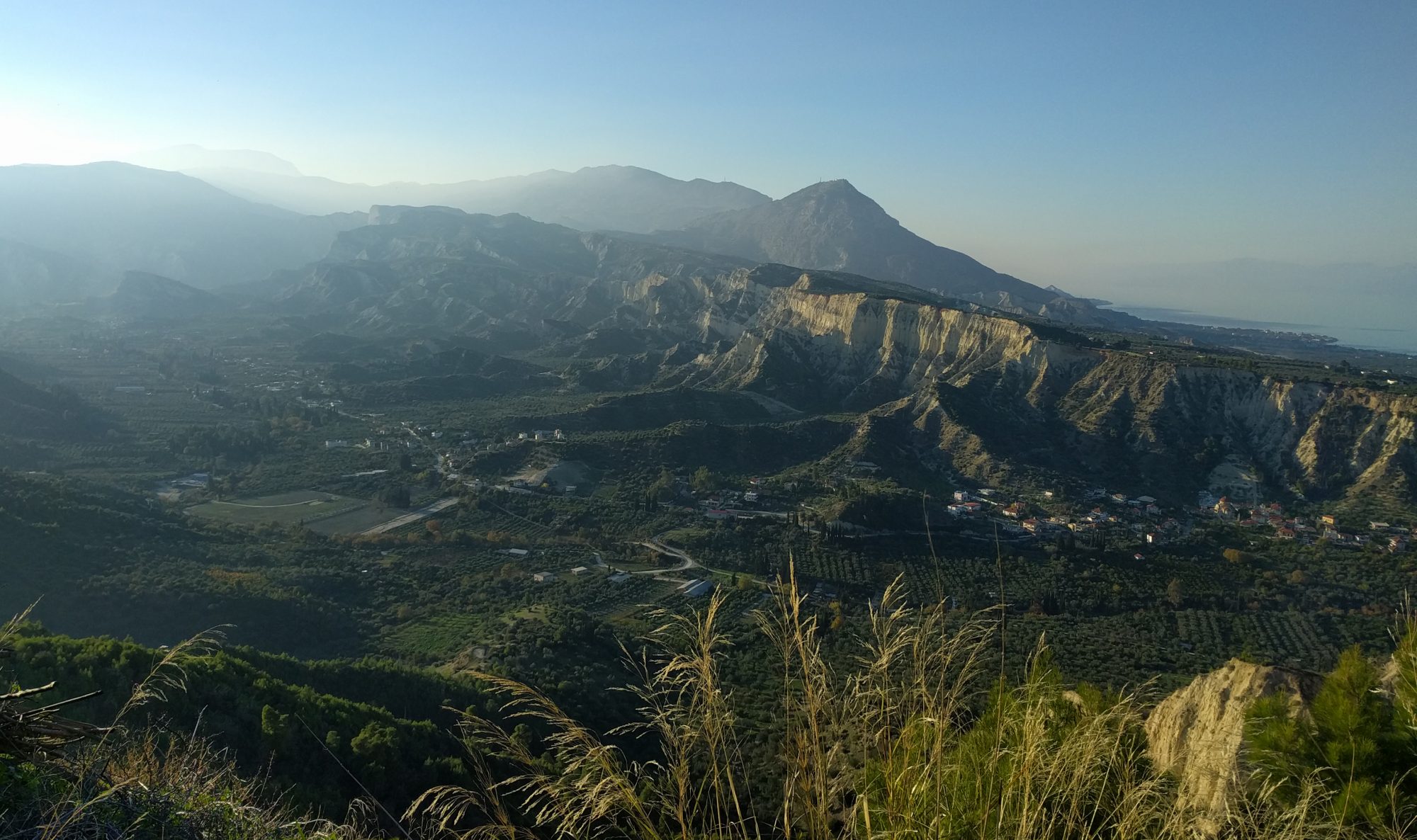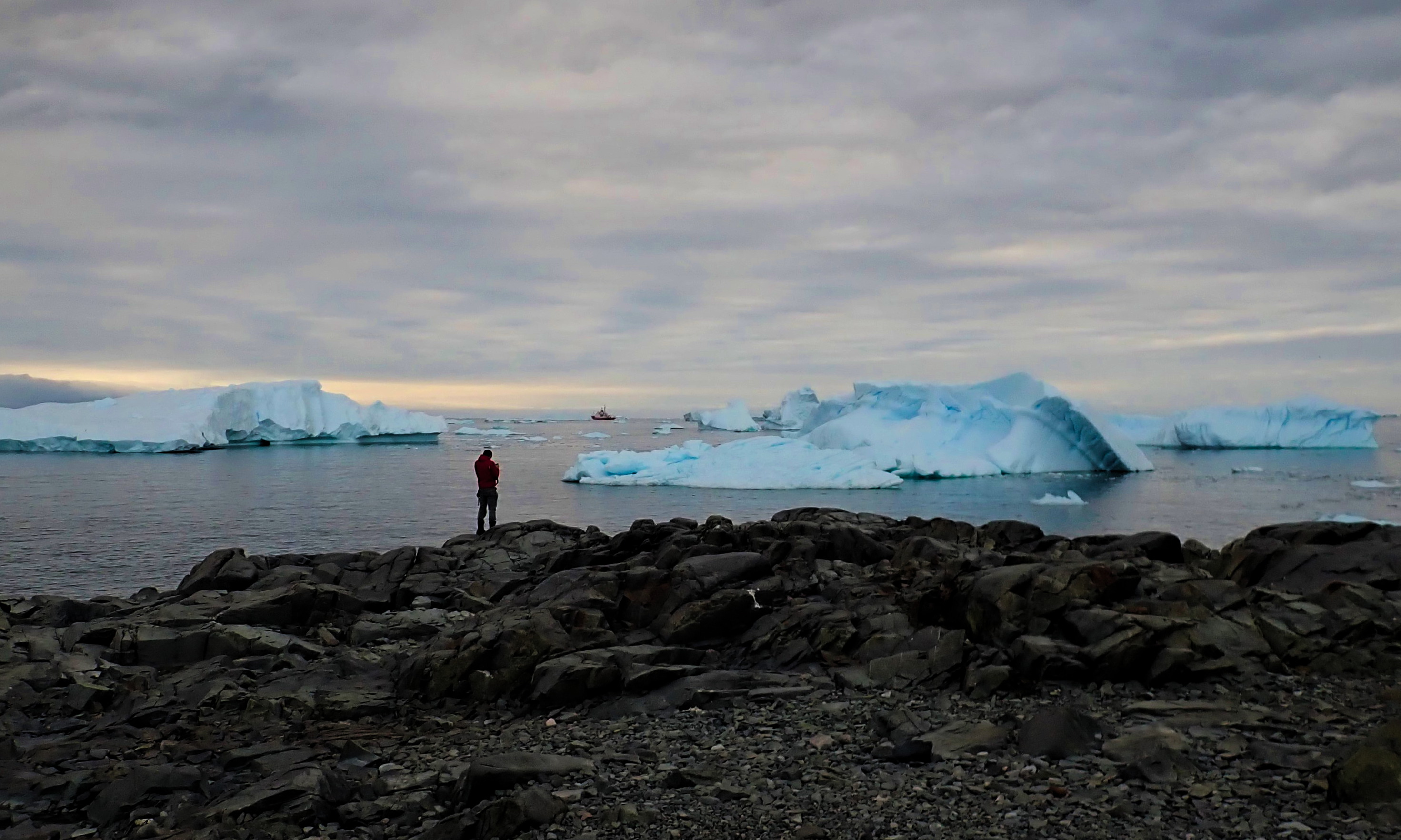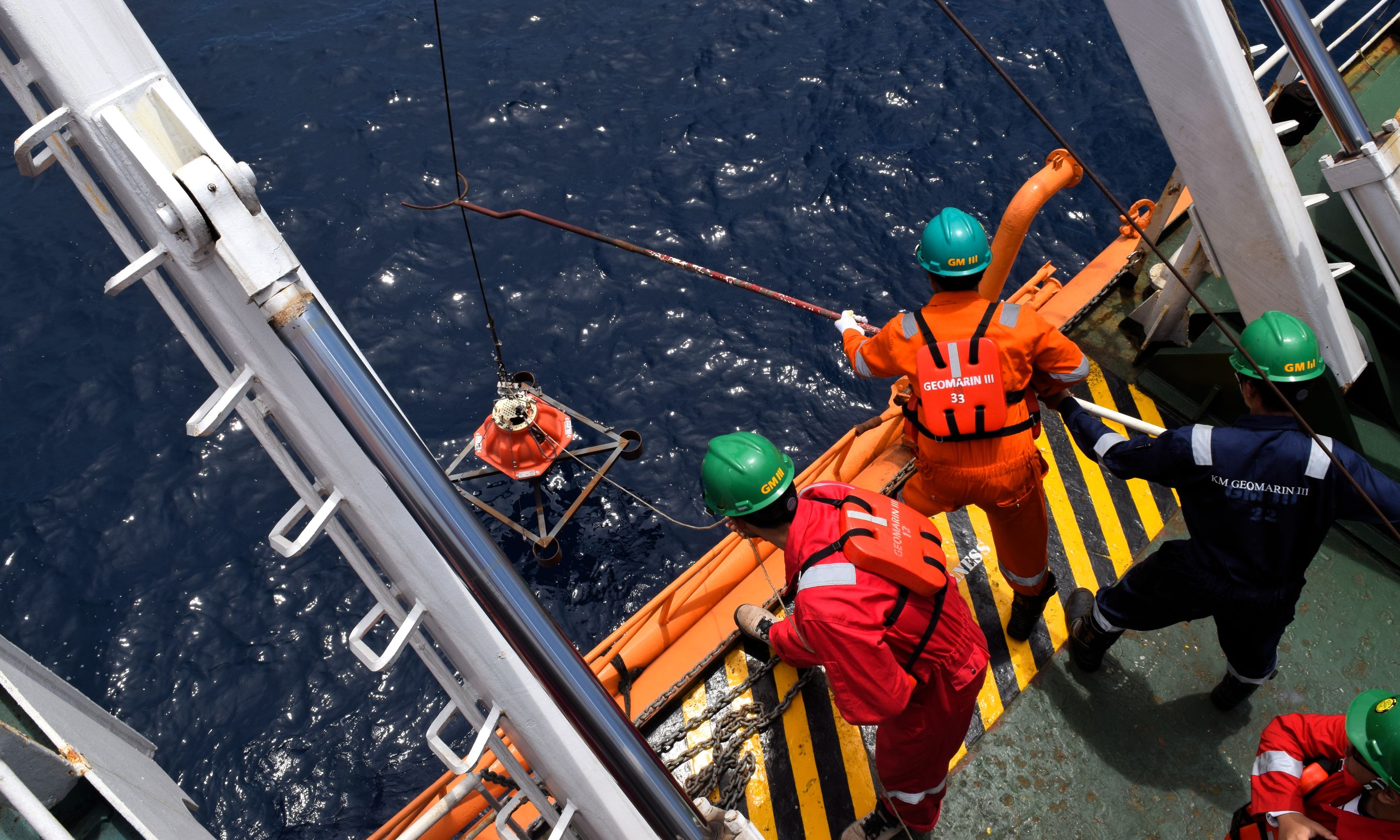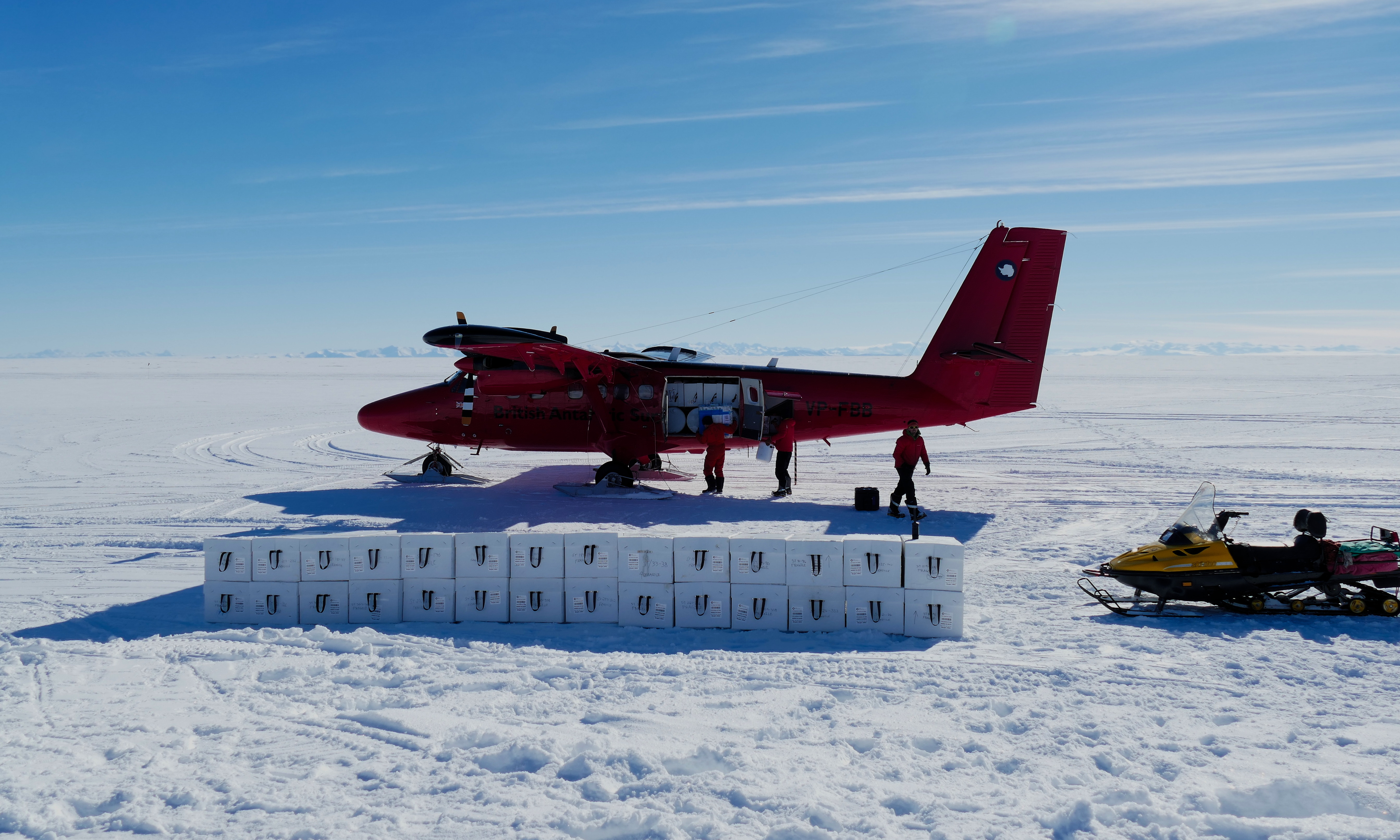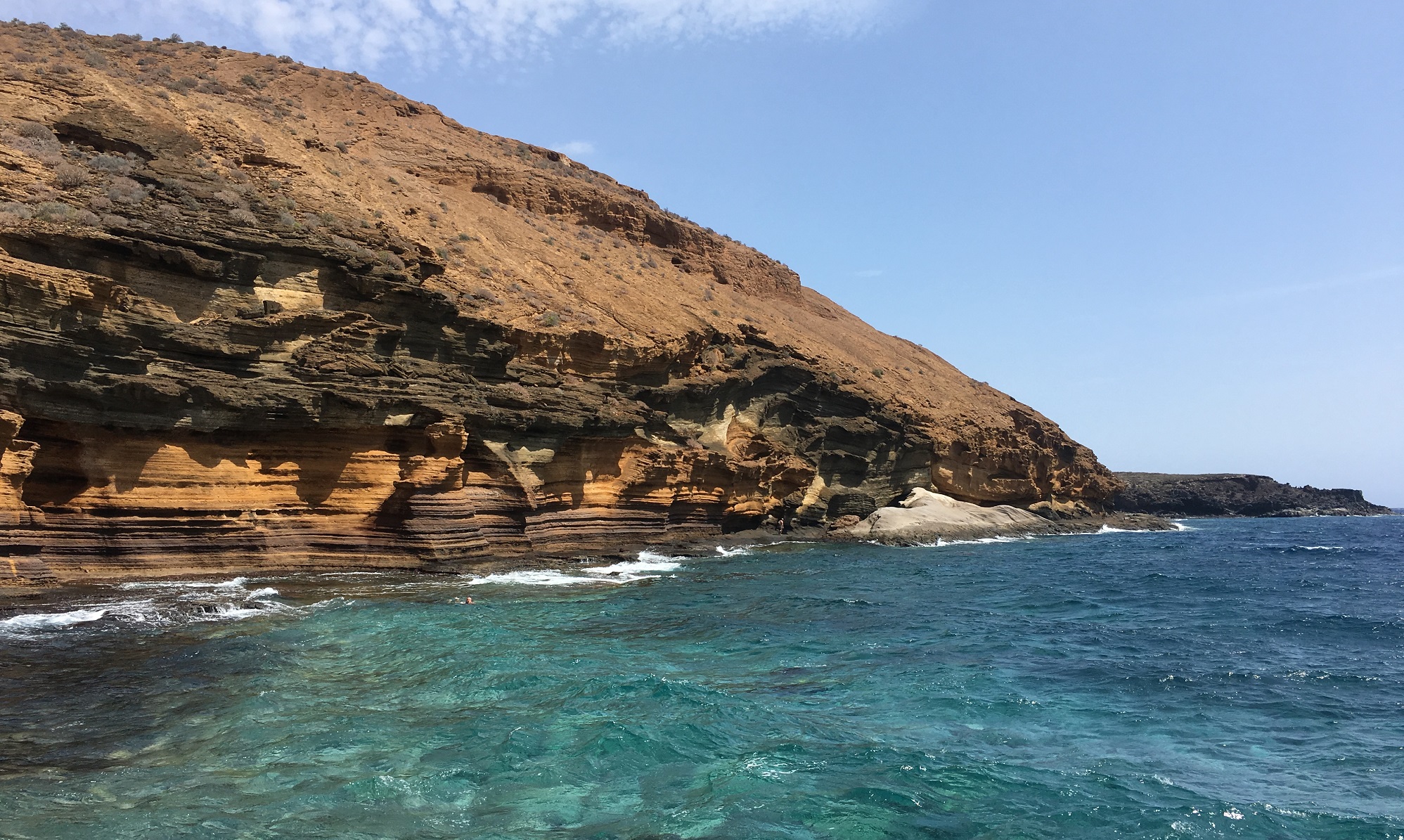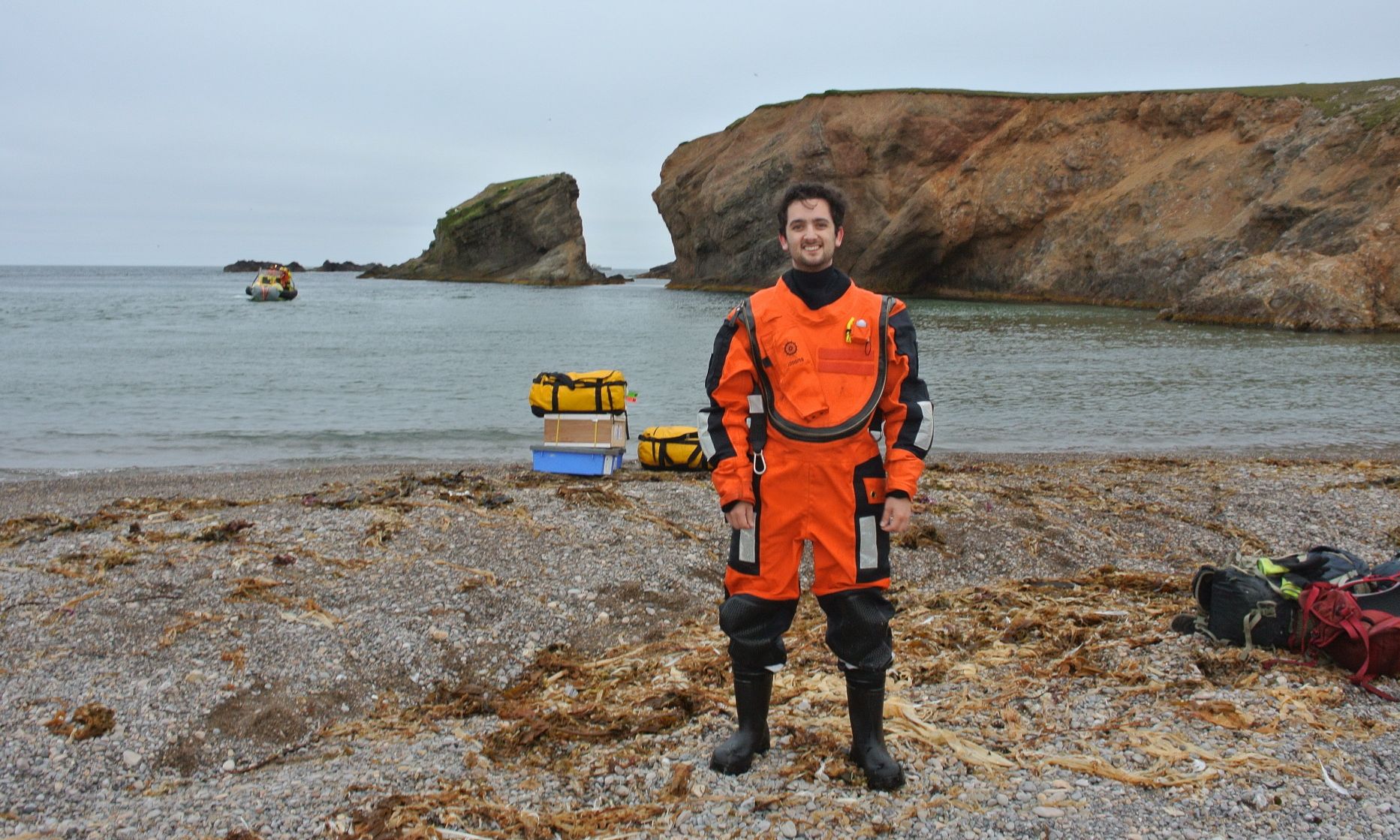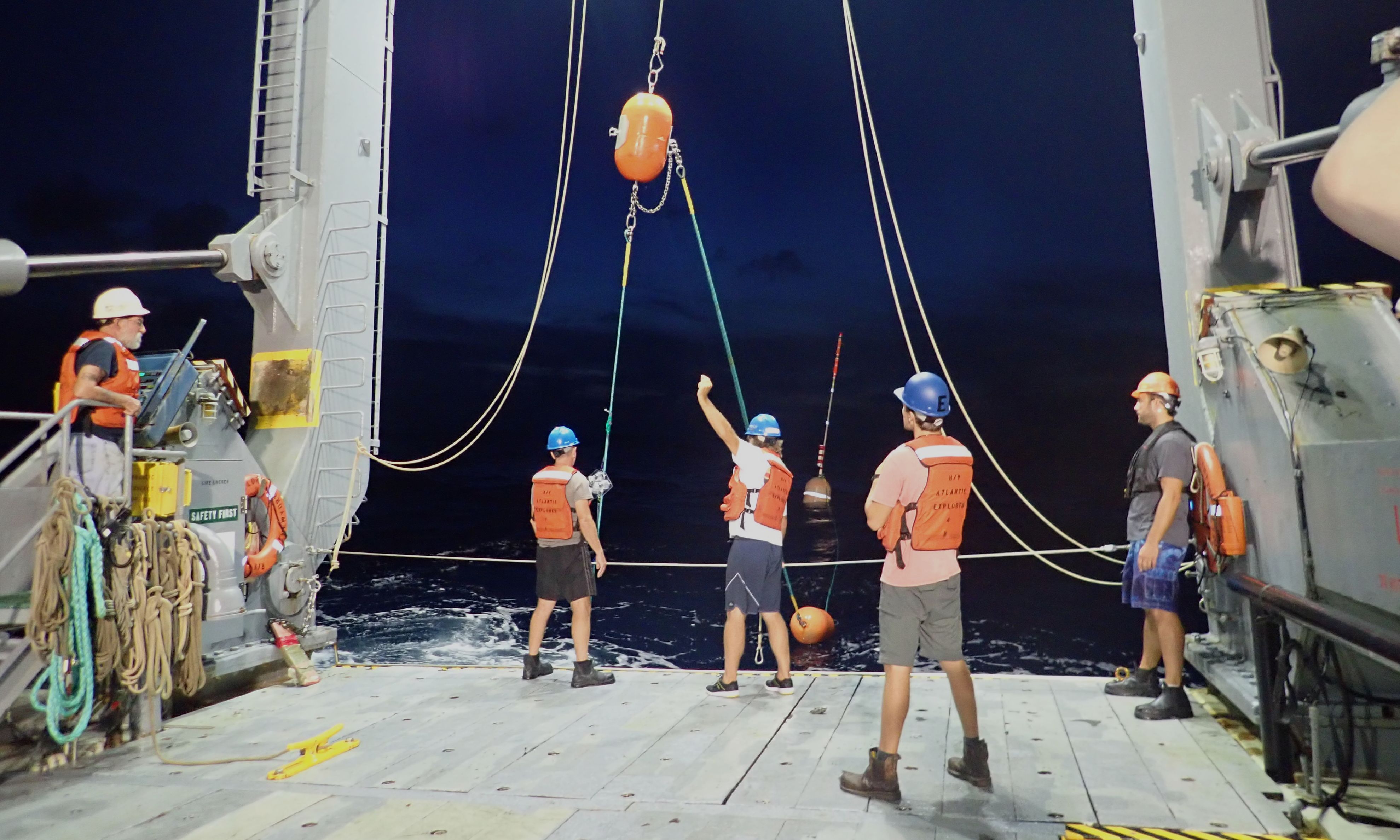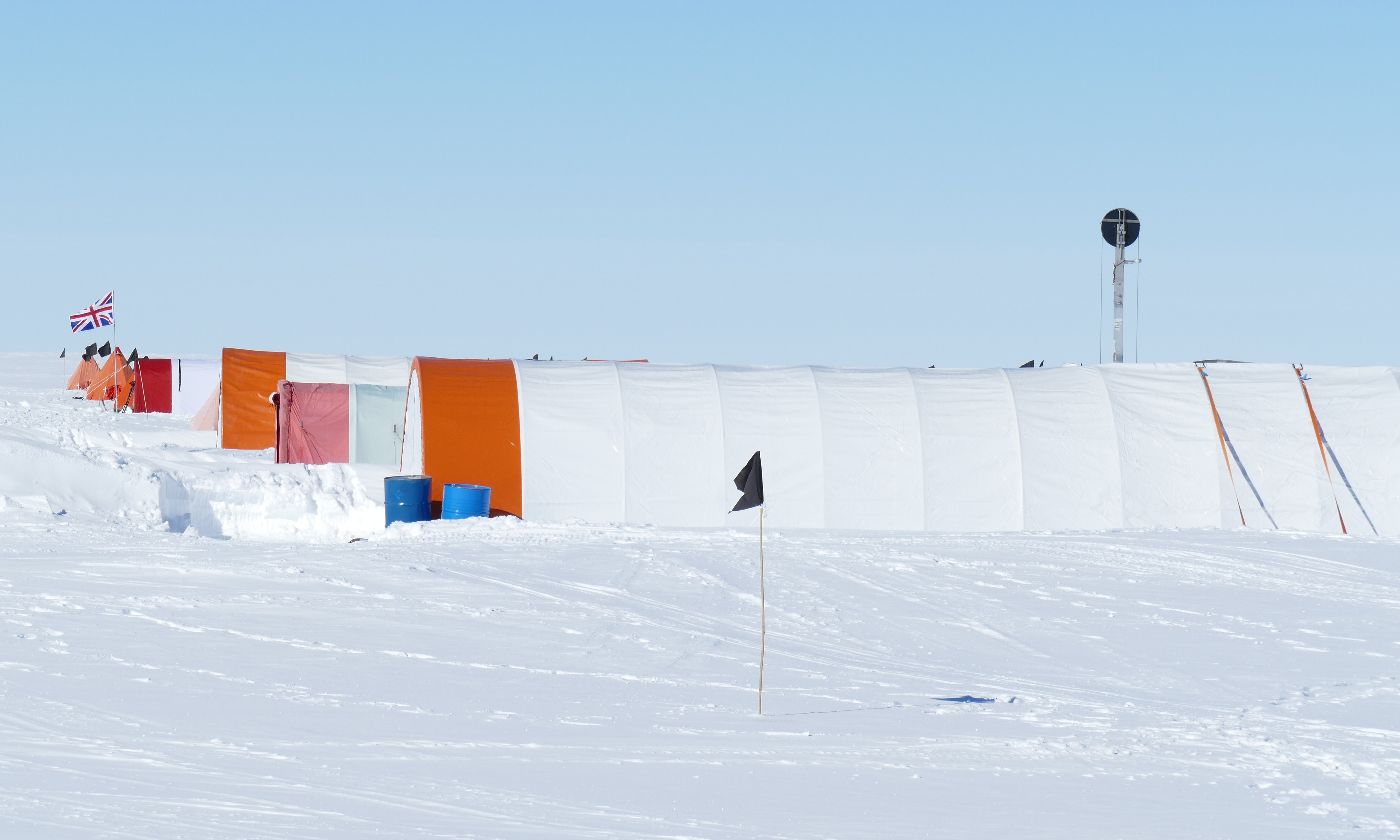In a three-part series of blog posts, Isobel Rowell describes her experiences on the second field campaign of the WACSWAIN project. Part one outlines the motives behind the Sherman Island drilling project, and details the team’s journey to their drill site.
Continue reading “WACSWAIN: Sherman Island Drilling—Part One”Imaging of North-Sulawesi subduction in the Celebes Sea
How does subduction start? The answer to this question remains enigmatic and controversial. The process of subduction, which drives global plate tectonics and helps to shape the Earth as we know it, began as early as 4.1 Ga, but how the first subduction zone initiated remains unknown. Some have argued that the plate tectonic cycle was kick-started by spontaneous subduction at passive continental margins, yet such a phenomenon has thus far not been observed in a modern plate tectonic setting. Consequently, scientists have a very limited understanding of what mechanisms may initiate spontaneous subduction.
Continue reading “Imaging of North-Sulawesi subduction in the Celebes Sea”WACSWAIN: the hard slog of analysis
The last time I blogged about WACSWAIN was in January 2019, when we were in the euphoria of having drilled to the bedrock at Skytrain Ice Rise, and retrieved 651 metres of ice. So what have we been doing since then?
Continue reading “WACSWAIN: the hard slog of analysis”A ‘wet’ Summer: Cambridge and Tenerife
This summer I was lucky enough to complete an internship in Environmental Consultancy with Mott MacDonald followed by a Hydrology Field Training Programme run by GeoTenerife. As a geologist, it can be hard to see how an Earth Sciences degree can be directly used outside of academia or the traditional field of Oil and Gas: the internship and training programme seemed a good way to explore alternative options.
Continue reading “A ‘wet’ Summer: Cambridge and Tenerife”More Impressions from ‘not a geologist’ – the Part III Spain field trip 2018
The last field trip that our undergraduates take is the fourth year, Part III trip to Spain. Run in the break between Lent & Easter term the trip aims to gather all the aspects of the course and put them together as a cohesive whole. Other trips focus on specific research areas: e.g. Sedimentology and Petrology – the 1B Southwest trip to Dorset & Cornwall, or Geophysics in Greece, or developing mapping skills in Sedburgh & on Skye. The Spain trip can be seen as the closing bookend to our students’ discovery (and love) of geology that begins on the first year trip to the Isle of Arran.
Tales from Bear Island: a month of Arctic fieldwork (or, four weeks without a phone)
In August 2018 I was lucky enough to join a CASP expedition to Bear Island, in the Norwegian High Arctic, as a field assistant and as part of my Part III project.
My journey to the arctic began as so many do, in Heathrow airport. We unloaded the minivan-sized taxi required to get all our gear to the airport, and I walked in to the entrance of Terminal 2 wearing a big coat, carrying two heavy gear bags and a rifle case. We drew some looks. I couldn’t help but feel excited and important.
Then I realised I had left my phone in the taxi. Panic descended.
Continue reading “Tales from Bear Island: a month of Arctic fieldwork (or, four weeks without a phone)”Interning at the Bermuda Institute of Ocean Sciences
Over the summer, I was fortunate enough to complete a research internship at the Bermuda Institute of Ocean Sciences (BIOS), known by locals as the ‘Biological Station’. I was therefore off to a tiny island in the middle of the Atlantic Ocean for two months to research the effects of climate change and swim with turtles.
Continue reading “Interning at the Bermuda Institute of Ocean Sciences”WACSWAIN Drill Log: ice core complete!
The aim of our fieldwork in Antarctica is to retrieve an ice core reaching through the entire depth of the ice cap on Skytrain Ice Rise, to obtain ice extending at least 130,000 years back in time. Last night, on Tuesday 7 January, we succeeded. The feeling of elation is all around me, with all six members of the party relieved and excited.
Continue reading “WACSWAIN Drill Log: ice core complete!”